Semana Santa In Costa Rica: A Cultural Tapestry Of Faith, Tradition, And Celebration
Semana Santa in Costa Rica: A Cultural Tapestry of Faith, Tradition, and Celebration
Related Articles: Semana Santa in Costa Rica: A Cultural Tapestry of Faith, Tradition, and Celebration
Introduction
In this auspicious occasion, we are delighted to delve into the intriguing topic related to Semana Santa in Costa Rica: A Cultural Tapestry of Faith, Tradition, and Celebration. Let’s weave interesting information and offer fresh perspectives to the readers.
Table of Content
Semana Santa in Costa Rica: A Cultural Tapestry of Faith, Tradition, and Celebration
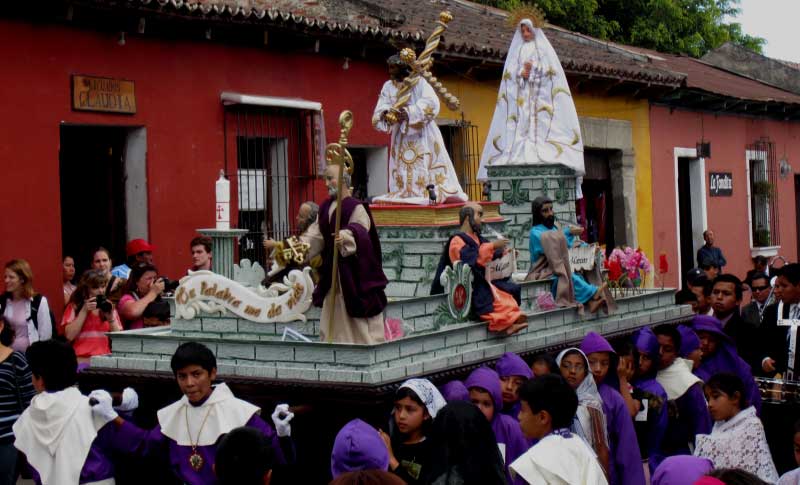
Costa Rica, a nation renowned for its natural beauty and welcoming spirit, transforms into a vibrant tapestry of faith and tradition during Semana Santa, the Holy Week leading up to Easter. This period, observed from Palm Sunday to Easter Sunday, is a deeply significant event for Costa Ricans, offering a unique blend of religious devotion, cultural expressions, and vibrant festivities.
A Journey Through Time and Tradition:
Semana Santa in Costa Rica is a celebration deeply rooted in history and tradition. The arrival of Spanish colonizers brought with them the Catholic faith, which has since become an integral part of the nation’s cultural identity. The observance of Holy Week, therefore, holds a special place in the hearts of Costa Ricans, transcending religious boundaries and uniting communities in shared experiences.
The Heart of the Celebration:
The heart of Semana Santa lies in the processions, solemn and moving displays of faith that wind through the streets of cities and towns across the country. These processions, often featuring intricately crafted religious floats and life-sized statues, depict scenes from the Passion of Christ. The processions are accompanied by the rhythmic sounds of drums, trumpets, and hymns, creating a captivating atmosphere that resonates with both spiritual and emotional depth.
A Tapestry of Cultural Expressions:
While the processions form the core of the celebrations, Semana Santa in Costa Rica is also a time for vibrant cultural expressions. Traditional dances, music, and crafts come alive, adding a unique dimension to the festivities. The intricate craftsmanship of the religious statues and floats, often crafted by local artisans, showcases the artistic talent of the nation. Additionally, traditional dishes, such as tamales, sweet bread, and rice pudding, are prepared and shared, fostering a sense of community and shared heritage.
The Significance of Semana Santa:
Semana Santa in Costa Rica transcends mere religious observance. It is a time for reflection, introspection, and strengthening family bonds. The processions offer an opportunity for individuals to connect with their faith, while the festive atmosphere fosters a sense of community and shared cultural heritage. The celebration also provides a platform for the expression of local artistry, culinary traditions, and cultural expressions, contributing to the vibrant tapestry of Costa Rican life.
A Time for Travel and Discovery:
Semana Santa in Costa Rica offers a unique opportunity for travelers to experience the country’s cultural heart. The festive atmosphere, the vibrant processions, and the warm hospitality of the Costa Rican people create an unforgettable experience. Whether one seeks spiritual reflection, cultural immersion, or simply a taste of local life, Semana Santa in Costa Rica promises a memorable journey.
FAQs about Semana Santa in Costa Rica:
Q: When does Semana Santa take place in Costa Rica?
A: Semana Santa in Costa Rica falls on the week leading up to Easter Sunday, which varies each year according to the Gregorian calendar.
Q: What are the main events during Semana Santa in Costa Rica?
A: The main events during Semana Santa in Costa Rica are the processions, which are solemn and moving displays of faith that wind through the streets of cities and towns across the country. These processions feature intricately crafted religious floats and life-sized statues, accompanied by music and hymns.
Q: Where are the most popular locations to experience Semana Santa in Costa Rica?
A: Some of the most popular locations to experience Semana Santa in Costa Rica include San José, Cartago, and the coastal towns of Jacó and Tamarindo. These locations offer a vibrant mix of processions, cultural events, and festive atmosphere.
Q: Is Semana Santa in Costa Rica a good time to visit?
A: Semana Santa is a popular time to visit Costa Rica, offering a unique opportunity to experience the country’s cultural heart. However, it is important to note that this period can be crowded, and accommodations and transportation may be more expensive.
Tips for Experiencing Semana Santa in Costa Rica:
1. Plan Ahead:
Book accommodations and transportation well in advance, especially if traveling during peak season.
2. Respect Local Customs:
Dress modestly when attending religious events and be respectful of local customs and traditions.
3. Embrace the Festive Atmosphere:
Participate in local festivities, enjoy traditional cuisine, and engage with the friendly Costa Rican people.
4. Consider Alternative Destinations:
If seeking a quieter experience, consider visiting smaller towns or rural areas.
5. Be Prepared for Crowds:
Expect crowds, especially during popular processions and events.
Conclusion:
Semana Santa in Costa Rica is a powerful testament to the enduring spirit of faith, tradition, and cultural expression. It is a time for reflection, celebration, and a deep connection with the country’s heritage. The vibrant processions, the captivating music, and the warm hospitality of the Costa Rican people create an unforgettable experience for both locals and visitors alike. Whether one seeks spiritual solace, cultural immersion, or simply a taste of local life, Semana Santa in Costa Rica promises a journey rich in meaning and unforgettable memories.
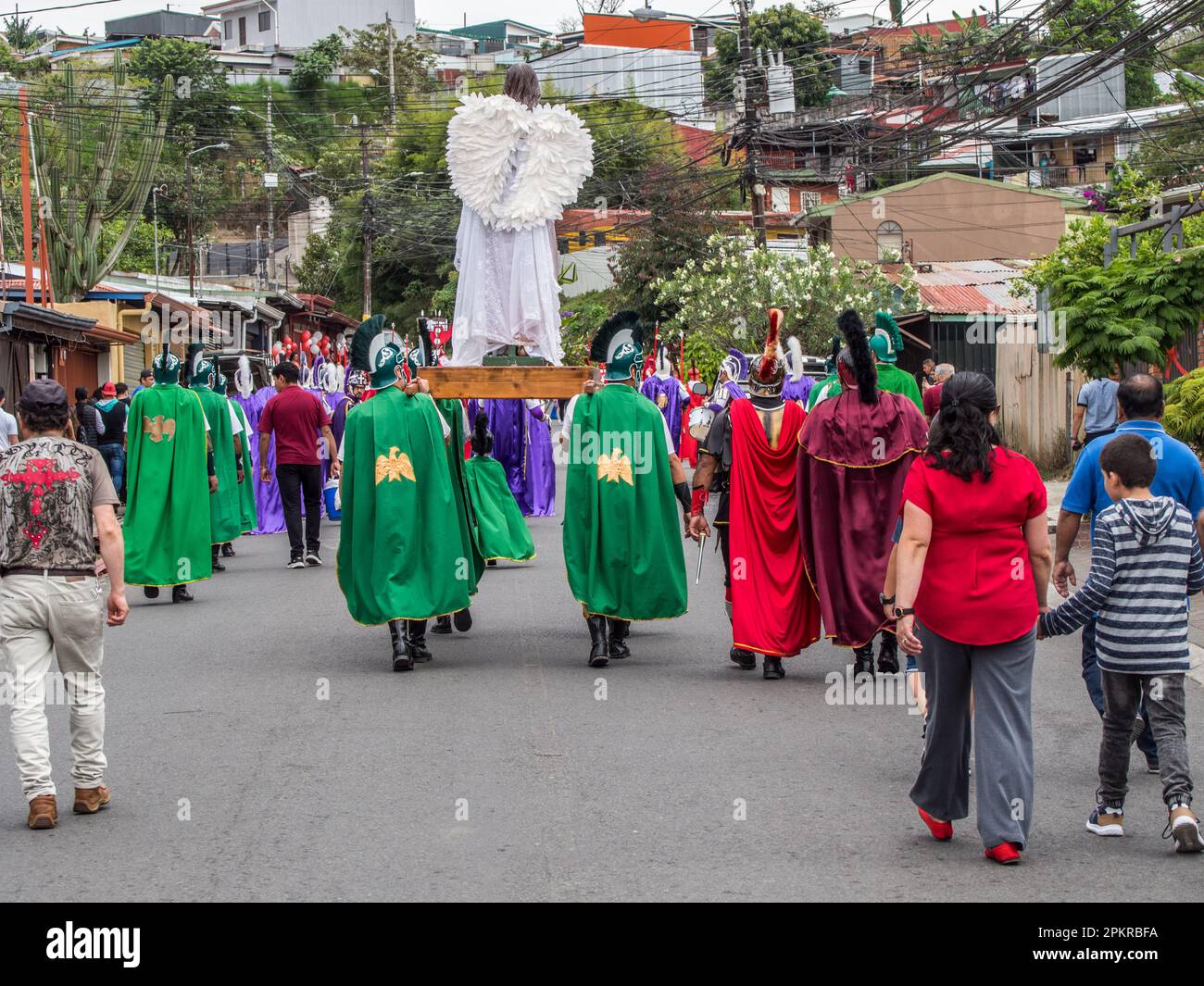
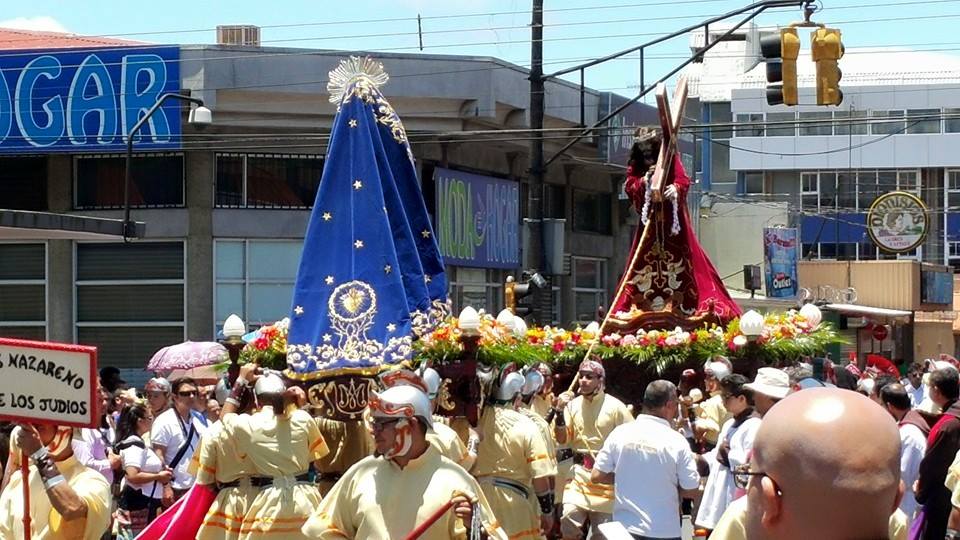
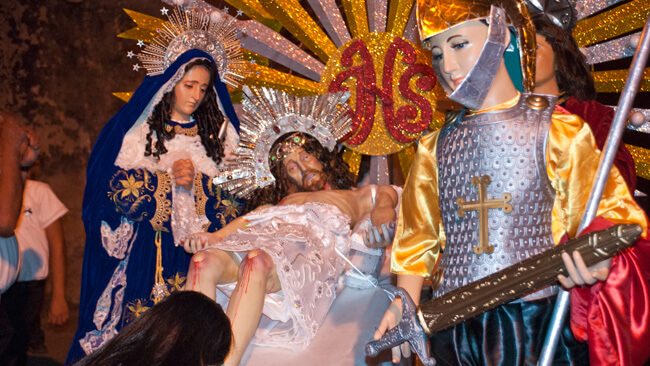
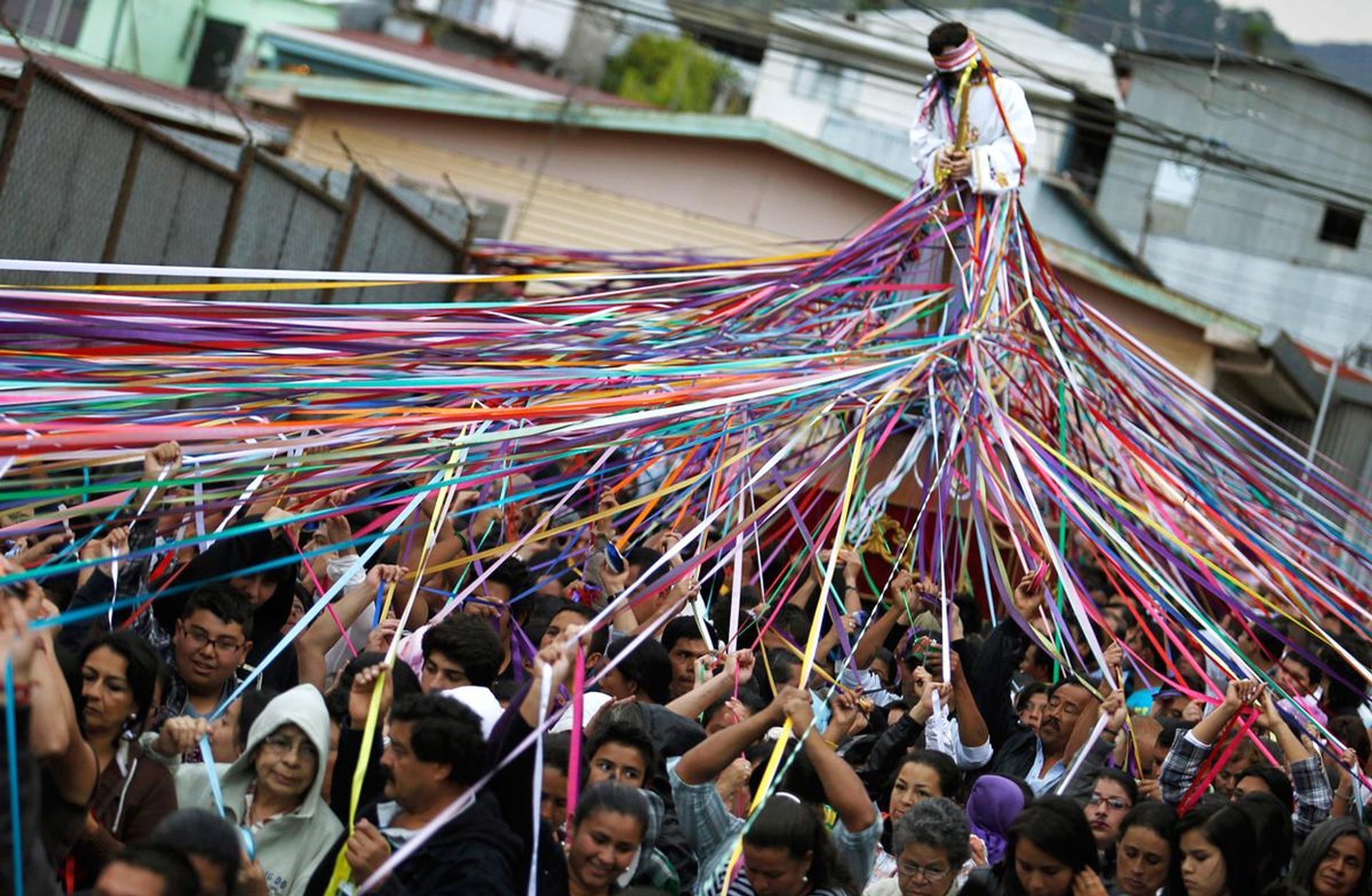
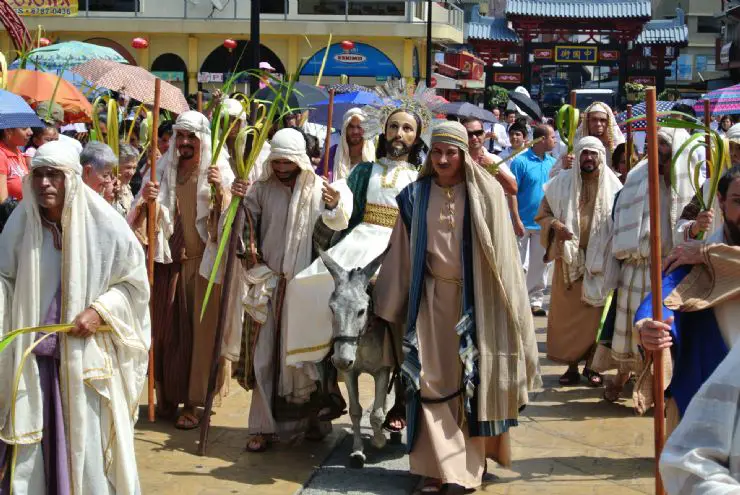



Closure
Thus, we hope this article has provided valuable insights into Semana Santa in Costa Rica: A Cultural Tapestry of Faith, Tradition, and Celebration. We hope you find this article informative and beneficial. See you in our next article!
You may also like
Recent Posts
- Exploring The World In February 2025: A Guide To Travel Destinations
- Navigating The Summer School Holidays In The UK: A Comprehensive Guide For 2025
- Navigating Singapore’s Public Holidays In 2025: A Comprehensive Guide
- A Comprehensive Guide To Skiing Holidays In January 2025
- Embracing The Winter Wonderland: A Comprehensive Guide To Ski Holidays In January 2025
- Tenerife In April 2025: A Springtime Escape To The Canary Islands
- The Future Of Travel: A Look At Holiday Trends For 2025
- Unveiling The World Of Travel: An Exploration Of Thomas Cook’s 2025 Brochure
Leave a Reply